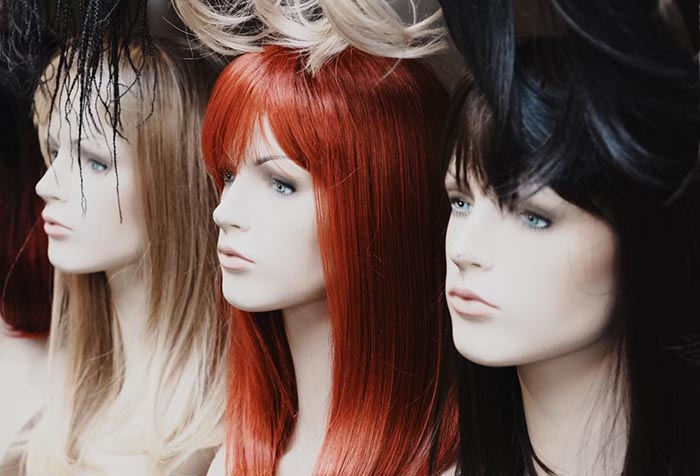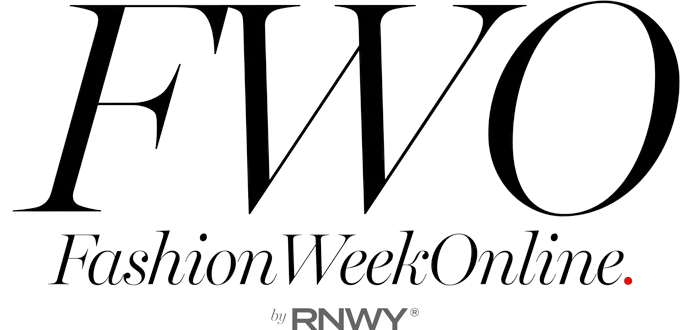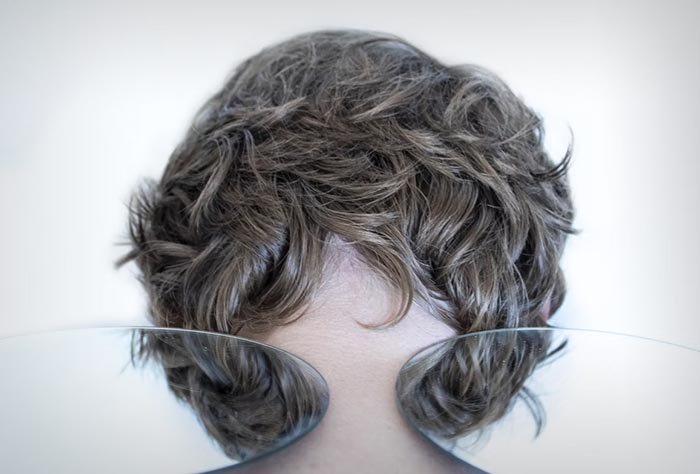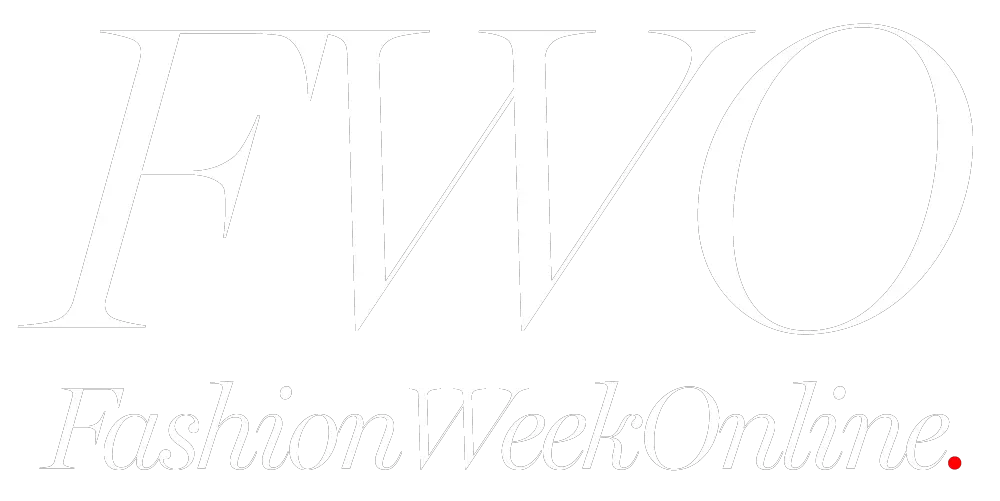Hair loss does not always come from obvious places like genetics or aging. Often, it is a perfect storm of styling habits, body changes, short-term stress, and the environment. The good news is that many triggers are fixable once you know where to look. Below is a clear map of under-the-radar causes, how they show up, and what to do next.
The Sneaky Stuff Behind Sudden Shedding
A common pattern is this. You go through a trigger, everything seems fine, then two to four months later, hair starts to fall in the shower. That lag is classic telogen effluvium, a temporary shedding where a larger number of follicles shift into the resting phase at once. Most cases ease within months after the cause is addressed, but only if you spot the cause and remove it.
Now, let us look at surprising day-to-day culprits that quietly push the hair cycle off track.
Lifestyle and Styling Triggers You Might Miss
Tension and friction matter more than most people realize. High-tight styles, glued pieces, and repeated rubbing can stress follicles at the base. The American Academy of Dermatology notes that if a style hurts, it is too tight, and consistent pulling can lead to traction alopecia. If you rely on protective styles or hairpieces, rotate how you secure them, give your scalp days off, and watch for tender spots or breakage along the hairline.
Regular wig wear can also contribute to hair loss when caps, clips, or combs create chronic tension or rubbing on the same areas. Many people casually refer to it as wig hair loss, but dermatologists call this traction alopecia. It often appears as thinning at the temples or along the area where the piece sits, day after day. Over time, that repeated pressure can inflame follicles and lead to more noticeable shedding.
Here are small changes that reduce risk right away:
- Loosen styles so they do not pull or pinch
- Alternate parts and anchor points to spread tension
- Use a silk or satin barrier to cut friction at contact spots
Pollution exposure adds another layer. Airborne particles settle on the scalp and hair surface, making strands rougher and harder to detangle. That extra tug during styling can compound mechanical stress. If you work outdoors in traffic or dust, build in a gentle cleanse, condition, and detangle routine on those high-exposure days.
Crash dieting counts as a physical stressor, too. Rapid weight loss or very low protein intake can cause temporary shedding several months later. The pattern is often diffuse, with more hair seen in the brush but no obvious bald patches. Stable nutrition with adequate protein, iron-rich foods, and varied produce supports regrowth once the stress has passed.
Quiet Medical and Body Triggers
Thyroid and nutrient status
Both low and high thyroid function can cause diffuse shedding. It is one of the most common medical drivers to check when hair loss arrives without an obvious styling or stress trigger. Ask your clinician about a thyroid panel, ferritin for iron stores, and vitamin D. Research shows that vitamin D levels often trend lower across several hair loss types. That does not prove causation, but if you are deficient, correcting it is smart for overall health and may support healthier hair cycling. Pair lab follow-up with patient habits like consistent sleep and stress management, because cortisol spikes also shift hairs into the resting phase.
Medications and health events
Many medications list hair loss as a potential side effect. Common categories include mood stabilizers, antidepressants, blood thinners, acne and retinoid therapies, antithyroid drugs, and some antivirals. Does change matter as much as the drug itself? Never stop a prescription on your own. Instead, note when shedding began, compare it to dose changes, and ask your prescriber whether timing fits a known pattern. Major health events can do the same thing. Feverish infections, surgeries, childbirth, and intense psychological stress are all classic triggers that lead to shedding several months down the road. Post-viral shedding became more widely recognized in recent years. The pattern is still telogen effluvium in most people, and it tends to improve as the body recovers.
Tech to Plain Speak: How Hair Cycles and Triggers Work
Brief technical view. Each follicle cycles through growth, transition, rest, and release. Only a fixed percentage is in the resting phase at any moment. A trigger can recruit many follicles to rest at the same time. You do not see hair fall immediately. The club hair sits in place for a while, then sheds later, which is why timing often feels confusing. In traction alopecia, the problem is not synchronized rest. It is a chronic mechanical force that inflames and weakens the follicle apparatus. Early traction loss is often reversible. Long-standing traction can scar follicles and reduce the potential for regrowth.
Plain language view. Think of your follicles like a stadium crowd. People stand, sit, or exit at different times, so it looks balanced. A big announcement sends a whole section to the exits at once. The stadium looks emptier a bit later, not right when the message plays. That is telogen effluvium. Now, picture a few rows near a tight doorway getting bumped every game. Those seats get damaged and stop working. That is traction. Remove the bumping early, and those seats can still fill again.
What To Do Next
- Spot the pattern. Did your shedding begin a few months after a big stress, illness, travel, diet change, or medication shift? If yes, you may be looking at temporary shedding. Document dates and bring them to your clinician so the trigger is clear.
- Audit tension and friction. Keep styles comfortable. If you wear extensions or hairpieces, vary attachment methods and give your scalp rest days. If a style ever hurts, change it. This is a red flag, not a sign that you simply need to push through.
- Clean gently and condition well. A mild shampoo plus a slip-rich conditioner reduces the comb force that snaps fragile hairs. Detangle from ends to roots with a wide-tooth tool. If you live with heavy air pollution, rinse and condition on high exposure days, and consider a leave-in that reduces static and friction.
- Nourish the cycle. Aim for steady protein across meals, iron-rich choices if your stores tend to run low, and colorful produce for antioxidants. If you suspect a deficiency, ask for labs first rather than guessing at supplements.
- Check medical boxes. If hair loss is diffuse or new, ask about thyroid testing, ferritin, and vitamin D. Review your prescription list with your clinician and do not stop medications on your own. If a drug is the likely cause, your prescriber can discuss alternatives or dosing strategies.
- Mindset and timeline. Regrowth follows the hair cycle, not the calendar on your fridge. Shedding often peaks first, then slowly improves once the cause is removed. You can support your scalp in the meantime with patient habits, consistent routines, and gentle care.
- Protect mental health. Hair changes can feel bigger than they look. If anxiety or low mood spikes, reach out to someone you trust and consider counseling. Communities are full of people who have navigated the same season and came out the other side with healthier routines and healthier hair.

The most surprising causes of hair loss come down to a few themes. Mechanical stress at the scalp, temporary whole body stress that shifts the cycle, and overlooked medical or nutritional gaps. None of these requires perfect routines. They respond to small, consistent changes. If you make one change today, loosen what pulls, schedule basic labs, and write down the dates of recent stressors. Your future self, and your future hair, will thank you.
##





